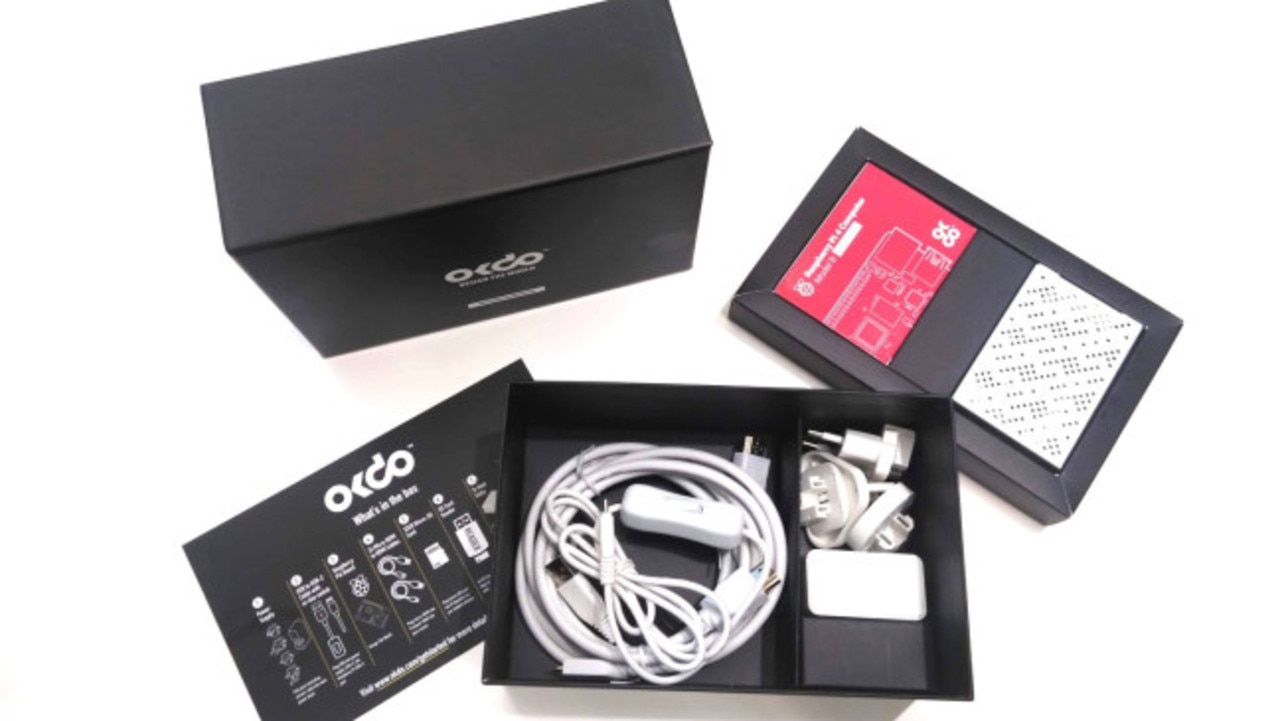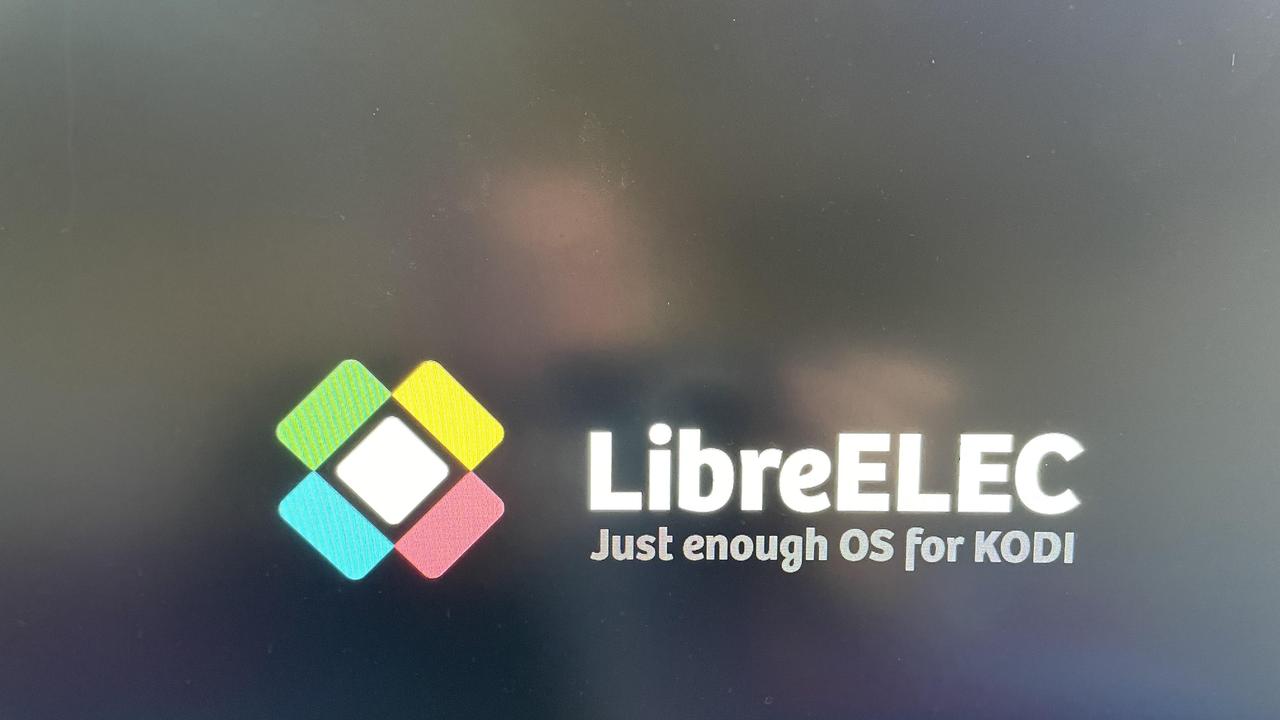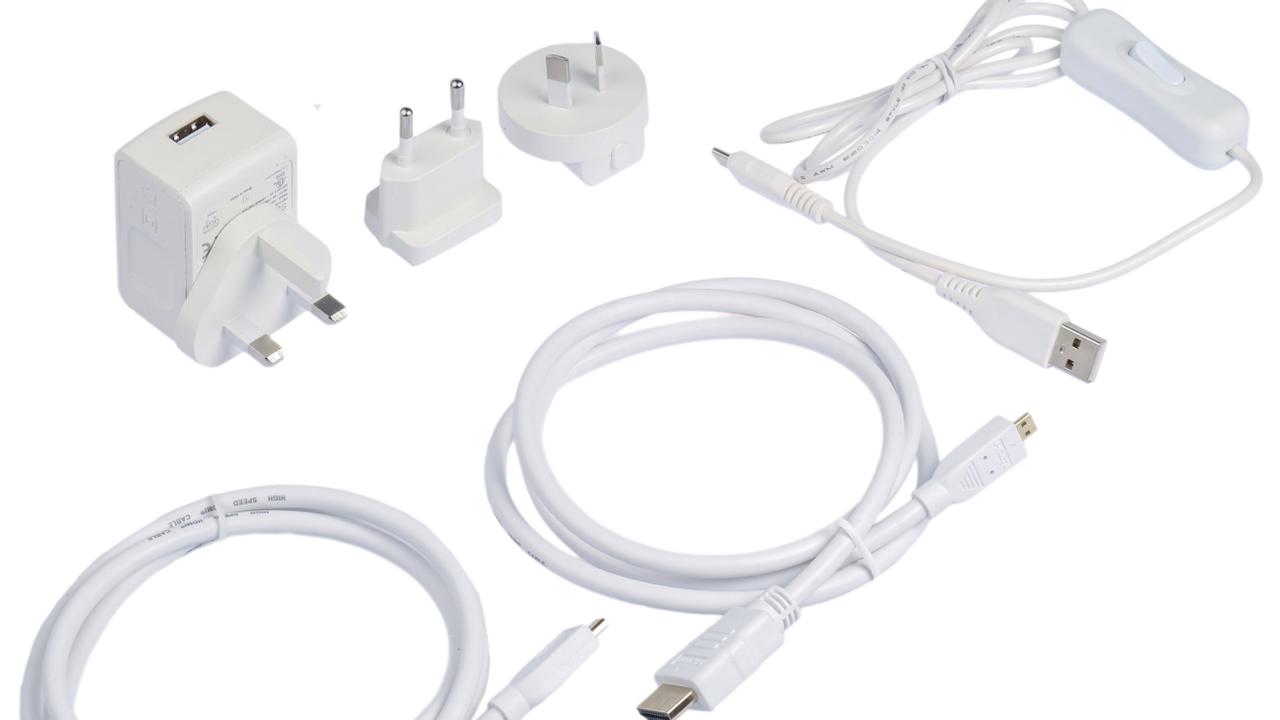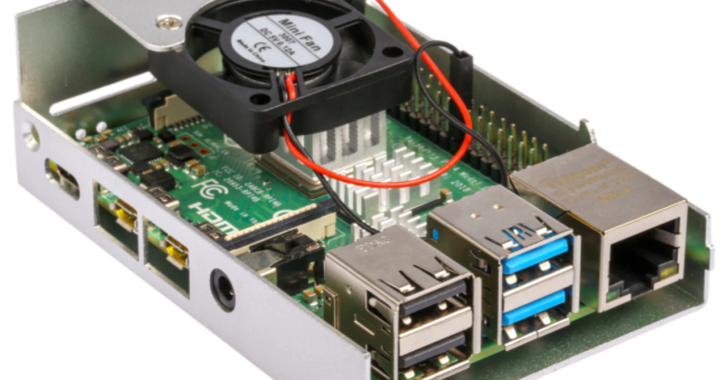The little credit-card sized Raspberry Pi computer is back in its fourth iteration. It could be a great Christmas gift option for parents wanting their children to do more with computers than play games and post on social media.
While the new generations are the speediest at consuming content via the internet, how many have an underlying knowledge of how computers work, how to trouble-shoot configuration and networking issues, modify operation using terminal programs, how to meticulously devise and type in code instructions, and detect syntax and coding errors.
I had to summon these skills tinkering with the fourth generation Raspberry Pi last week.
It’s now eight years since the Raspberry Pi Foundation produced the first generation Raspberry Pi costing $US35. Children in poorer countries could access a rudimentary computer and learn these skills. I think in 2020, children of all backgrounds need a Raspberry Pi experience.
You would struggle to get anything sophisticated to run on the original Raspberry Pi Model B. It had only 256MB of memory, half of which was used for graphics. The Model A didn’t even have Ethernet or Wi-Fi. I remember using a smartphone cable for the power supply.

Today’s Pi 4 Model B is a powerhouse in comparison. The little credit card sized computer now supports Ethernet and Wi-Fi, it has 2 USB-3 ports, 2 USB-2 ports, USB-C, audio out and two micro HDMI ports – the Pi even supports two monitors – and a microSD card slot. I loaded up a 32GB microSD card with a version of the Raspberry Pi OS (now called Raspbian). The maximum card capability is 64GB.
It’s best to buy the Raspberry Pi 4B in a kit which comes in a big black box which costs $168. The kit is now available in Australia. You get the computer, a shiny metallic box to house it in, two HDMI to micro HDMI cables for attaching displays, a 32GB microSD card, power cable and heat sync components.
The Raspberry Pi is powerful enough to require cooling, and you need to install the tiny fan provided, and stick on three heat dissipation units to the Pi board as part of installation. The kit includes a screwdriver for the job. The only items you need to provide is a monitor, (I’d say borrow one) and a plug-in speaker with a 3.5mm audio jack for listening to media. You can buy stereo speakers online for $10 to $15.
The Pi also can control compatible sensors, switches and thermal imaging cameras. You directly connect them to two rows of pins on the board.

The microSD card in the kit offers a choice of two operating systems to install: Raspberry Pi OS, the standard system, and LibreELEC, a cutback operating system that lets you run the Raspberry Pi as a media centre. You can set it up to stream movies from your home collection or from other sources from the internet.
There were plenty of programs I could install and run on the standard system. They included the LibreOffice office suite with word processing, spreadsheets, presentations etc and operation was quick.
There’s a range of programming languages for beginners including Scratch, the Chromium web browser, which efficiently managed my Gmail, the VLC media player, basic games and utilities.
There’s a range of software you can install and the installation process nowadays is menu driven.
I created a media centre microSD card on my desktop from the LibreELEC site. It was easy. You download the LibreELEC application, nominate installation for Pi4, add your microSD card and let the application run its magic.

The result was a microSD card that boots the Pi straight into a popular media centre program called KODI, from where you can access movies, TV shows, music, music videos, radio and games.
The media content can be from other computers or network storage at home, or from streamed content on the internet.
The KODI program has dozens of “add-ons” that it prompts you to download and install. I watched NASA, National Geographic and even YouTube videos by installing their respective add-ons.
Some people have installed an add-on for Netflix on their Raspberry Pi, although Netflix doesn’t legally support watching its streaming service in this way.
Installing add-ons and getting things playing and streaming smoothly can be time consuming and fiddly, but it’s part of the challenge that the Raspberry Pi throws out to its users.

If you have an old display sitting at home, converting it to a media centre that streams movies in say, your games room, is an achievement and gives it a new lease of life.
By using this kit, your kids will hone their troubleshooting and analytical skills, they’ll learn to be patient and methodical, and like the adult community of geeks and programmers, they’ll enjoy a well-earned sense of accomplishment when the threads of their labour come together and things work.
The Raspberry Pi 4 is available from some retailers, and you can buy it online from its Australian distributor, RS Components.
The Raspberry Pi 4B starter kit, by OKdo, is a wonderful way to spend $168 on tech for your children. The Pi computer bought on its own costs $90.
Published in The Australian newspaper.

